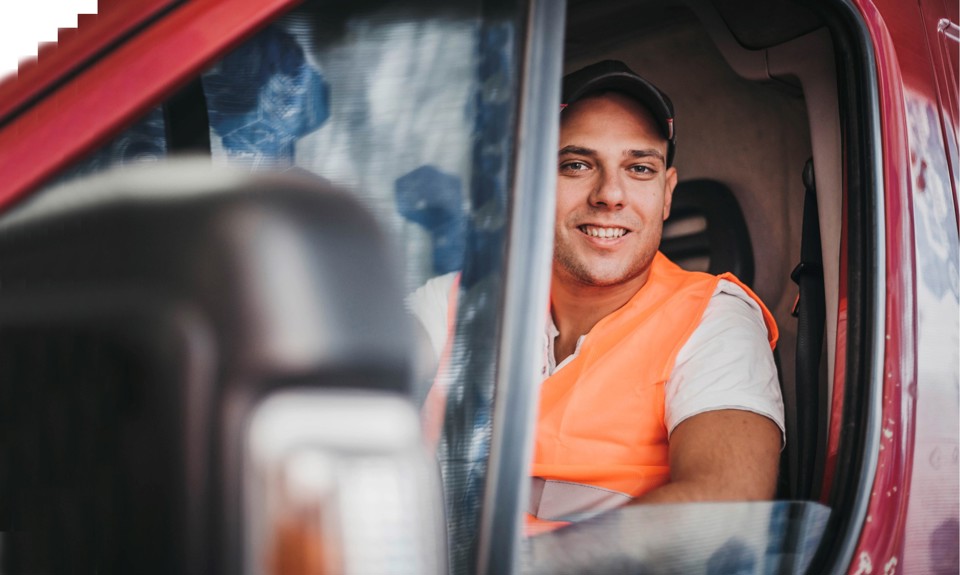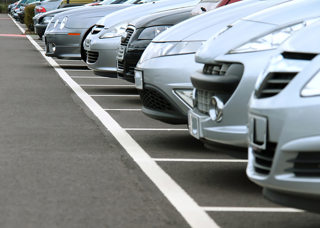Fleet operators face new safety risks as businesses rapidly expand home delivery services with additional vehicles and drivers.
Demand has increased as retail stores have been forced to close due to the coronavirus lockdown and high-risk individuals are unable to leave their homes.
David Jink, head of consumer research at Parcelhero, said: “It’s thought the current rise in demand for home deliveries has eclipsed even the Christmas peak period, and that’s something our industry plans all year for. With mere weeks of warning, the UK’s couriers and retailers have had to ramp up services to an unprecedented degree.”
Supermarket giant Tesco has added more than 200 new vans to its home delivery fleet and hired another 2,500 drivers and 5,000 store pickers to help handle increased demand.
Rival Morrisons has announced plans to create 3,500 jobs to help expand home deliveries to get groceries to vulnerable people.
It is estimated that demand for home delivery has increased by 100%, placing significant strain on supply chains.
Carl Moore, chief operations officer at Yodel, said: “We have been doing everything we can to keep the country moving. Demand has increased for essential products and we are working closely with other parcel carriers to uphold best practice across the logistics sector.”
Delivery companies must contend with new safety requirements to prevent the spread of the virus, as their drivers make much-needed deliveries – often coming face-to-face with members of the public.
GMB London, the union for staff in the parcel delivery sector, says of particular concern is the necessity to operate in accordance with strict social distancing requirements and how this impacts on the normal delivery times and rates plus the need for sanitiser, hand-washing facilities and personal protective equipment (PPE).
Some stores, including Waitrose, announced they would continue to deliver to households in quarantine, but new protocols needed to be established. Initially, companies adopted slightly different approaches to doorstep delivery. For a few days, some parcels were being dropped without any record kept of proof of delivery. New protocols were swiftly put in place and there are now broadly agreed procedures.
“Today, drivers keep a two-metre distance and will confirm proof of delivery themselves once the package has been accepted: they may even take a photo of premises as proof. To avoid contact entirely, we’ve been advising receivers it’s best practice to let all delivery services know a convenient area such as a porch where parcels can be left safely,” Jink said.
Michael Holt, executive chairman of Tuffnells, said the whole supply chain is facing an “unprecedented challenge” and businesses like Tuffnells are rapidly hiring more staff to cope with demand.
“It’s been an extremely difficult period for us all no matter where you are or what you do for work. The sheer rise in demand for goods in recent weeks means we are working hard to deliver the supplies businesses and customers need to operate as best they can considering the circumstances,” he said.
Conditions are changing daily in the delivery industry. The hours truck drivers are permitted to work have been relaxed, and night-time delivery curfews have been suspended.
Red Driver Training is urging fleets not to prioritise getting new drivers on the road ahead of safety and their legal duty of care to any employee who drives on company business.
“Now is not the time for businesses to cut corners,” Ian McIntosh, CEO of Red Driving School, warned.
“Customer service teams are under more pressure than ever, but that is no excuse for employers to send untrained drivers on to the road and neglect their duty of care.
“A comprehensive fleet driver training programme is vital to ensure drivers are safe and efficient,” he added.
Studies show that drivers are more likely to break the speed limit and take risks due to time pressures.
“Notwithstanding a pandemic, there are two common practices in the industry referred to as ‘job and finish’ and ‘payment by customer’ contact,” said Lisa Dorn, research director at DriverMetrics
“These practices can encourage drivers to exceed speed limits, by reinforcing drivers to complete more deliveries in a certain timeframe either because they want to finish work early or because they want the financial reward of making fast and frequent deliveries.”
She said it is crucial employers set reasonable work schedules that do not require drivers to exceed recommended working limits and drivers’ hours.























Login to comment
Comments
No comments have been made yet.